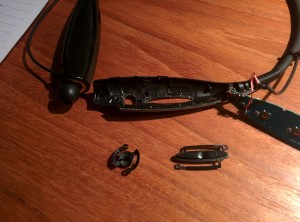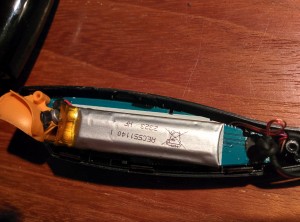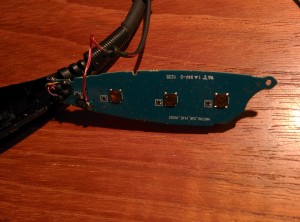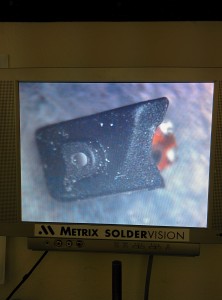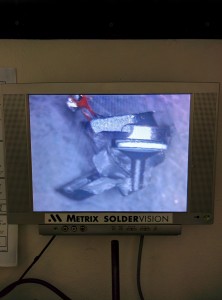There’s a common issue that comes up when I’m teaching people how to design electronics: people new to designing electronics often feel like they need to obey all the rules of thumb.
This came up recently when somebody I was teaching wanted to make sure none of her PCB’s electrical traces had 90 degree bends in them. There was on particular point on her board that couldn’t be made to fit that rule.
When she realized that she’d have to put a 90 degree bend in her trace, her question to me was if that was “valid and legal”. I probed her understanding a bit, and it seemed she was mostly thinking about the design guidelines as though they were laws, and she didn’t want her design to break any laws.
This kind of thinking is pretty common, but I think it actively prevents people from designing electronics effectively. People with this mindset focus too much on whether their design meets some set of rules, and not enough on whether their design will actually work.
Where Design Guidelines Come From
Electronics is a domain that has a lot of rules of thumb. There are some pretty complicated physics behind how electrons act on a circuit board, and you can often simplify an engineering problem to a simple rule.
After a few decades of the industry doing this, there’s a large collection of rules. New engineers sometimes learn the rules before learning the physical principles that drive them, and then don’t know when the rules don’t apply.
For example, the advice to not put 90 degree bends in electrical traces is due to the fact that sharp bends increase the reactive impedance of a trace. For high frequency traces, this can distort the electrical signal flowing down the trace.
For low frequency or DC signals, 90 degree bends are much less of an issue.
Ultimately, any rule of thumb rests on a concrete foundation of “if this condition holds, then that result will be produced in a specific manner”. If you know the detailed model that drives the simple rule, you know when to ignore the rule.
Obeying The Rules or Designing a Working Project
The mindset that I sometimes see in new students is the idea that they need to follow all the rules. This makes sense if you assume that following all the rules will automatically lead to a working project. Unfortunately, the rules of thumb in electronics over-constrain a circuit board. Electrical engineers will often face the prospect of a design guideline that can’t be satisfied.
The most effective response to a rule of thumb that can’t be satisfied seems to be to ask about the physics behind the rule. Then the engineer can figure out how change the design to match the physical laws behind the general guideline.
The design guidelines were made for the people, not the people for the design guidelines.
Don’t ask “how can I make this design satisfy all the design guidelines?”
Instead ask “how can I make this design work?”

